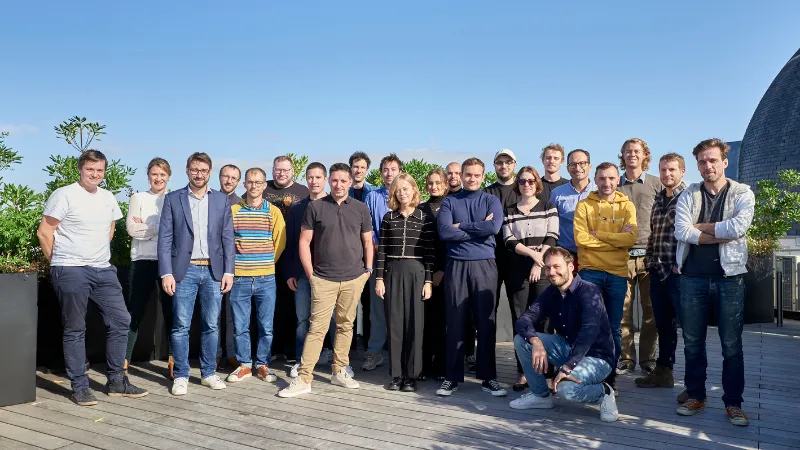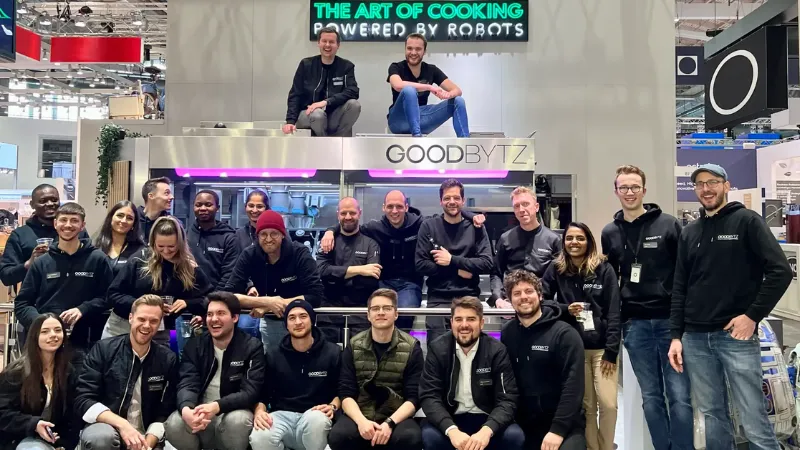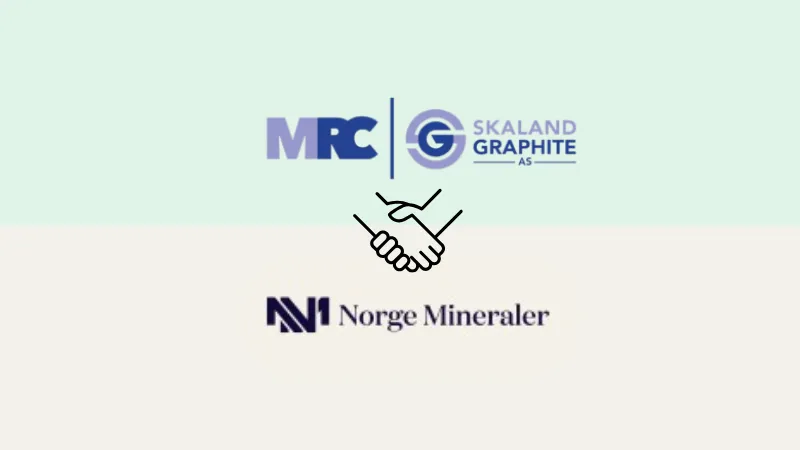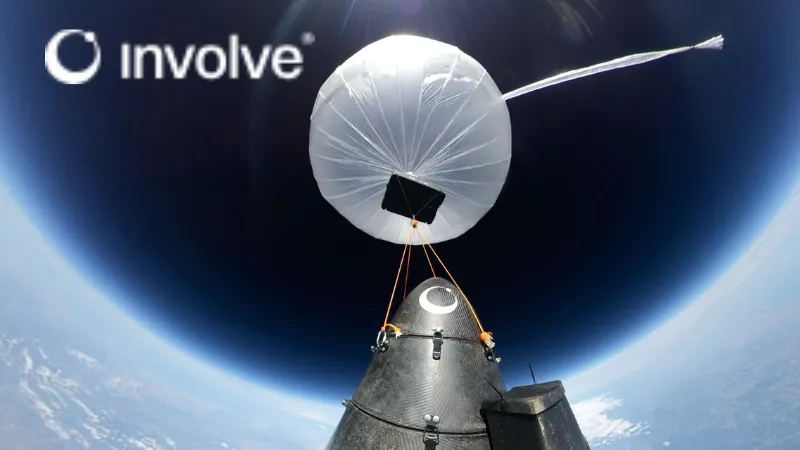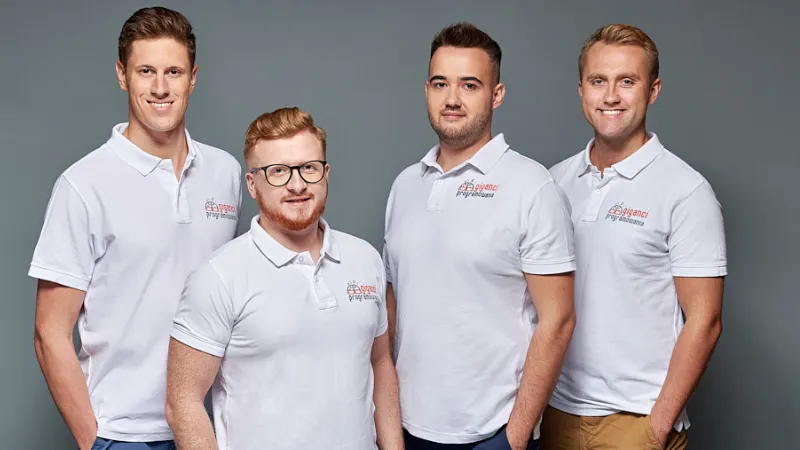Purple Dot funding news – E-commerce Pre-Order and Waitlist Platform Purple Dot Secures €9.2 Million in Series A Round Funding
May 15, 2024 | By Team SR
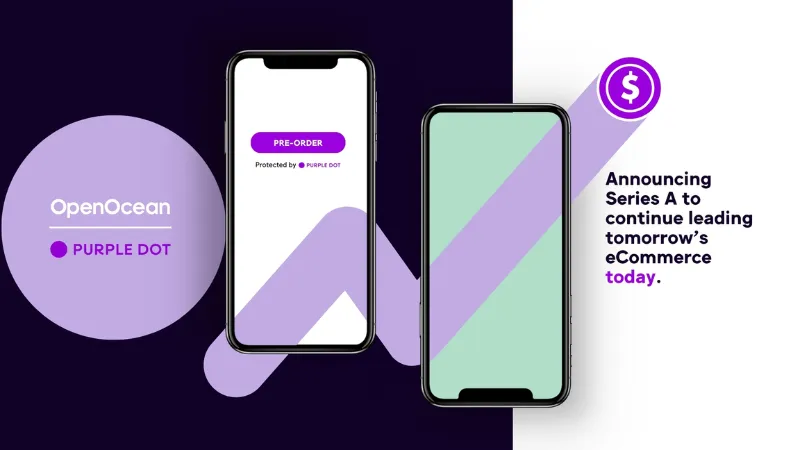
London-based Purple Dot, a pioneering e-commerce pre-order and waitlist platform, secures €9.2 million in series A round funding. Leading European startup finance company OpenOcean led the round, which fueled Purple Dot's goal of realising a society in which everything produced is sold.
SUMMARY
- London-based Purple Dot, a pioneering e-commerce pre-order and waitlist platform, secures €9.2 million in series A round funding.
- Purple Dot will be able to transform e-commerce by growing its platform and reaching out to more firms in a variety of sectors.
Paul Forster, the former CEO and co-founder of Indeed, as well as current investors Unusual Ventures, Connect Ventures, Moxxie Ventures, and Commerce Ventures all made significant contributions to the Series A fundraising round.
With this funding, Purple Dot will be able to transform e-commerce by growing its platform and reaching out to more firms in a variety of sectors. With 15 employees spread between Charlotte, North Carolina, and London, United Kingdom, the business is positioned to lead e-commerce into the future.
RECOMMENDED FOR YOU

[Funding alert] Latvia-based SpirulinaNord Secures €600K in Funding
Team SR
Nov 1, 2023
Hundreds of companies, like Oh Polly, one of the fastest-growing private fashion enterprises in the UK, Lando Norris, Goorin Bros, Astrid and Miyu, and Sachin & Babi, rely on Purple Dot's solution, which processes millions of dollars' worth of transactions every month.
Madeline Parra, CEO and Co-Founder of Purple Dot said, said: “At Purple Dot, we are on a mission to create a world where, ultimately, every product that is manufactured is sold. The current e-commerce model leaves brands waiting for stock to arrive at the warehouse before they can start selling, leading to missed sales opportunities and unsold inventory. We believe the next wave of innovation will happen in the time before stock arrives, enabling brands to sell inventory no matter where it is in the world. Our pre-commerce platform puts the power back in brands’ hands, allowing them to take control of their sales timelines and maximise revenue potential. We’re thrilled to have our investors’ support as we continue to grow and empower brands to transform their e-commerce strategies.”
Recent international trade interruptions, like the shipping crisis in the Red Sea, have highlighted how crucial supply chain resilience is for companies. Purple Dot helps companies reduce the effect of supply chain interruptions on their bottom line by allowing them to sell items before they arrive at the warehouse. This helps brands manage these risks and sustain sales momentum even in the face of unforeseen obstacles.
Sam Hields, Partner at OpenOcean, commented: “We are excited to lead Purple Dot’s funding round and support their vision of building the future of e-commerce. The company’s experienced founders have identified a major pain point in the industry and have developed an innovative solution to address it. What really impressed us about Purple Dot is their unwavering focus on delivering genuine value to their customers. They have built a solid core team and are laser-focused on solving the problem of unsold inventory and empowering brands to take control of their sales timelines. This customer-centric approach, combined with its innovative pre-commerce platform, positions Purple Dot as a company that will reshape the e-commerce world.”
About Purple Dot
Purple Dot, a 2020 startup, provides pre-commerce solutions to solve a major problem in the industry: a large number of items go unsold annually, resulting in wasteful business practices and unsustainable business practices.
Whether the product is one day, one week, one month, or one year away, Purple Dot helps firms minimise inventory risk and store less by enabling them to sell earlier. The corporation is adamant that e-commerce innovation will occur over the next ten years prior to the arrival of inventory at the warehouse.


 Follow us
Follow us Follow us
Follow us
